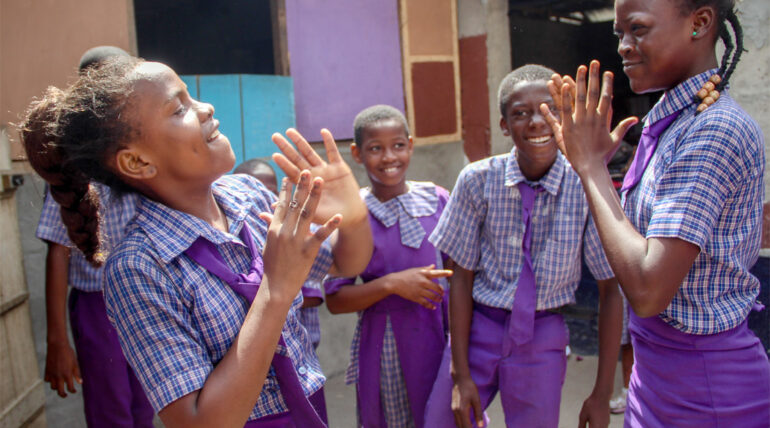
May 27, 2020
With schools closed around the globe due to the COVID-19 pandemic and more than a billion deprived of education, there have been ongoing conversations on how we can keep children learning so no child is left behind. Many schools have resorted to distance learning, but for many vulnerable children, online solutions are not the answer. Children from low-income communities do not have access to the Internet and devices required. For some, even solutions offered on TV may seem too complex as many communities suffer power outages.
Radio school seems to be the most appropriate for many children from low-income communities. In Sierra Leone and Liberia, the high school students whose final exams got postponed because of the COVID-19 crisis are the same whose entry to secondary school was delayed by the Ebola crisis six years ago where they were out-of-school for 10 months. They were able to deploy distance learning radio solutions. But how do we know if any of these distance learning solutions were effective?
—
The T.R.E.E. Framework
In evaluating any learning solution, SEED has developed a simple framework for its schools to help them ensure effectiveness. The T.R.E.E. framework is simple and easy to use.
Teach – Share the content using the appropriate pedagogy.
Reach – The appropriate medium must be used to get to your target audience e.g., Online, TV, Radio, SMS, Learning Packets, etc.
Engage – Feedback from the children to clarify if they understand what has been taught.
Evaluate – Testing if learning has taken place.
T.R.E.E. It Out
Whatever solution we choose to deploy, whether it be Online, TV, Radio, SMS, or Learning Packets, schools should ensure all activities cover the elements of the T.R.E.E. framework.